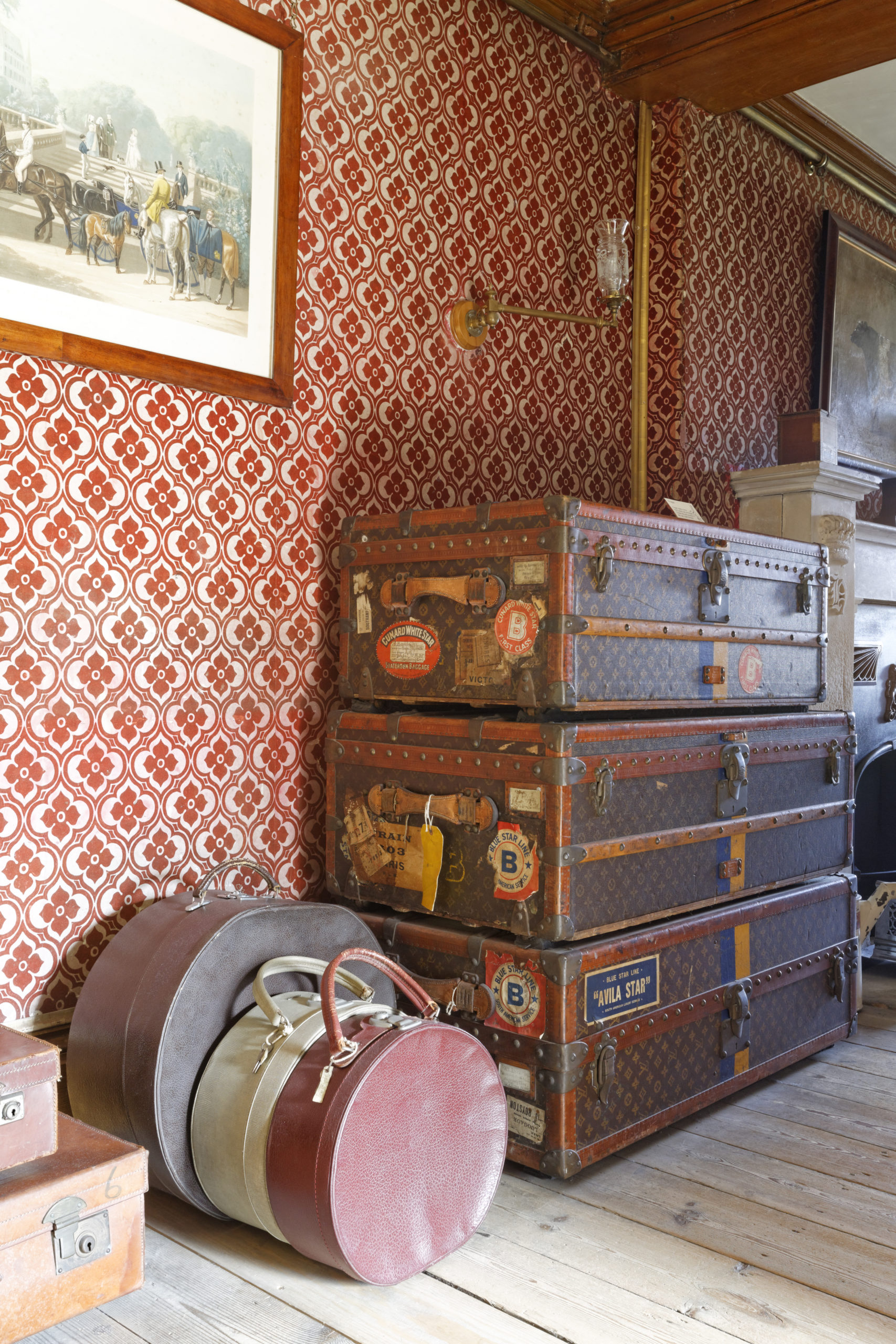High Style at Sea: Interiors, Fashion, and the Transatlantic Crossing
During the first half of the 20th century, European shipbuilders competed to create showpiece “ships of state,” intended to appeal to well-heeled American travelers seeking adventure and sophistication. Interiors were outfitted by well-known designers—such as Charles-Frédéric Mewes and his partner Arthur Davis, famed for their work on the Hôtel Ritz in Paris and in London. Transatlantic passenger lines attracted customers through the allure of these extravagant spaces, which included opulent first-class offerings such as a smoking room, writing room, lounge, grand staircase, colossal ballrooms, modern pools and gymnasiums, and a veranda café or other verdant theatrical setting evoking the greenery of a winter garden.
Design historian Leslie Klingner will give us a glimpse into traveling at the height of luxury during this golden age of ocean liners. Drawing from rarely-seen imagery including Titanic’s tiled Turkish Baths, the Art Deco extravagance of the SS Normandie, and Cunard’s RMS Queen Elizabeth and RMS Queen Mary, Leslie will share visuals of a nearly-lost world of furnishings and interiors that rivaled the world’s finest hotels and restaurants. She will share first-hand accounts of the fashionable passengers aboard those transatlantic “Floating Palaces,” who changed their dress several times a day, and sported specialized accessories for the voyage. She will also trace the transition of decorative styles across the Atlantic, explaining the influence of these great ships on fashion, jewelry, interior design and architecture, both on land and at sea.

Thank you to our co-sponsor: The Union League Legacy Foundation
Thank you to our cultural co-sponsors: The Colonial Dames of America; St. George’s Society of New York; Washington Decorative Arts Forum; American Friends of Attingham; The Metropolitan Chapter of the Victorian Society

A stack of suitcases at Wimpole Hall, Cambridgeshire. ©National Trust Images/Chris Lacey




